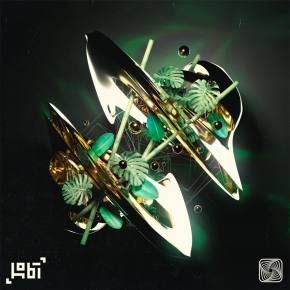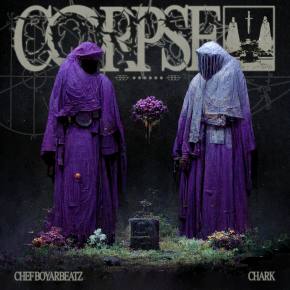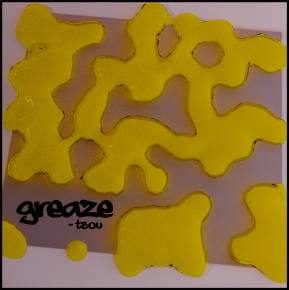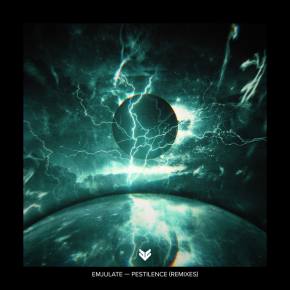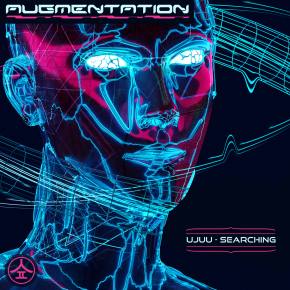By: Baxtak
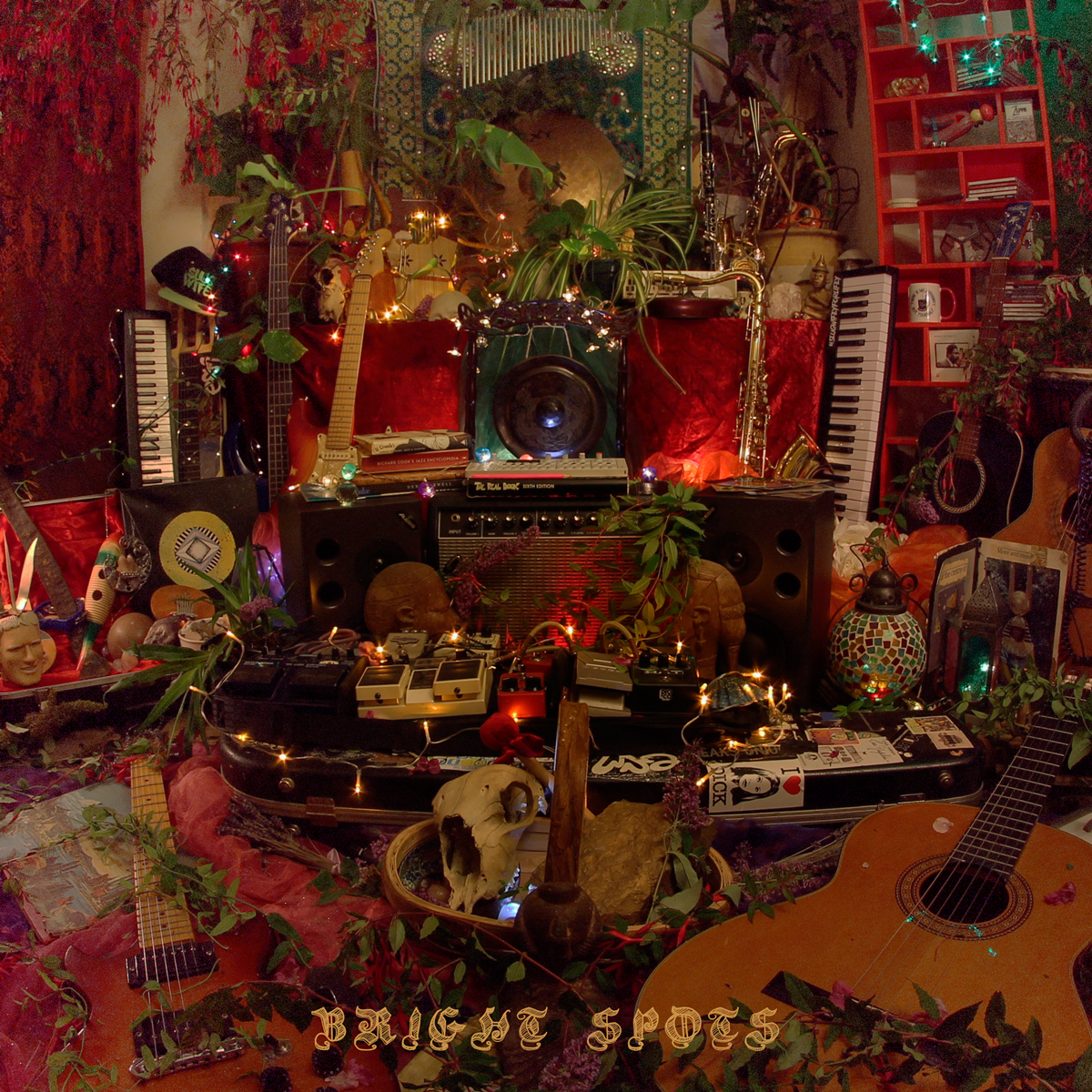 We’re super excited to premiere “Moody Bitch” as the spouses of slime, Slug Wife return this week with the Bright Spots LP, a new fully collaborative album by label OG, Seppa, and fellow Bristolian instrumentalist, Chalky.
We’re super excited to premiere “Moody Bitch” as the spouses of slime, Slug Wife return this week with the Bright Spots LP, a new fully collaborative album by label OG, Seppa, and fellow Bristolian instrumentalist, Chalky.
The 12-track album is a mature, instrument-led return to organic aesthetics and it takes their gastro-hop sound to the next level in the unexpected form of jazzy hepcat beatsmithery. With Seppa on the sax, beats and overall production duties, and Chalky on guitars, keys, bass and percussions, it’s certain that you’re in for a treat you didn’t even know you deserved; the great unknown unknown, if you will.
Sounding like a heavenly beyond-the-grave collaboration between J Dilla and John Coltrane atop a smoky cloud of peculiar plants, the songs on this album can work as well with your grandpa’s scotch on a Christmas dinner table as they can in a Thompson-esque gonzo haze of a desert music festival, or a romantic yet gangster dinner date on a metropolitan skyline restaurant.
However, instead of blabbering on about the release myself, I got in contact with the slugs to get to the bottom of this release for your reading pleasures and find out more about how the album came together.
Baxtak: How d’yu guys know each other?
Seppa & Chalky: Mainly from a mutual group of friends in Bristol. We lived in a houseful of musicians and we had a jam band together called ‘Mysterious Beach.’ We played for fun and even at a friend’s wedding, so you can say the seeds of this collaboration was born there. Our first ‘prototype’ collaboration was on the Homunculus EP where Chalky played some riffs and I chopped them up. Now, it had been two years since our last collaboration and we’ve both been improving a lot in terms of songwriting and production so in that sense, this release was a bit more planned than our previous collab.
B: What was the creative process of the album?
S&C: There was no specific agenda to writing the album. We just got together and jammed, and every tune was written by programming simple beats and adding layers, finding hooks and fleshing ‘em out. All the songs were written in single sessions, like 8 hours or something each, except one where we laid down three songs in one session.
B: How long did the whole release take to get ready?
S&C: The writing process took place in 11 sessions in the space of 7 months, and overall, it took around a year to get the production to be clear and find the right time to release it on Slug Wife so it’s not a huge curveball.
B: How are you managing to fit this release with the heavier Slug Wife sound?
Seppa: It’s true that the label’s main releases are heavier but the mellower Whack Lack releases have done quite well. They kinda serve different purposes. People who like heavy stuff also listen to slower stuff when driving, in the bus or something. Also, it opens the label to new avenues and we felt like now is a good time to make this segue.
Interestingly, for the label, a lot of demos we receive are based around the ‘technical’ aspect of our music and that’s what most fans see, but just mastering sound design from videos doesn’t mean the songs will be good as there might still be some elements missing.
 B: Do you mean like musical theory and cadence?
B: Do you mean like musical theory and cadence?
Seppa: Yea, theory but also getting ears tuned to what works and what doesn’t and for example, trying out what notes go well as harmonics for ideas we’re comfortable with.
Chalky: More than just knowing theory, it’s also about the fun and playful act of naturally moving through chords and keys, that’s really what makes this album what it is.
B: It’s like solving a maths equation for every song, and the formula is music theory.
Chalky: Yea, again, there isn’t an inherently right or wrong way to make music, but knowledge of music theory is what made this album what it is. It’s interesting that hip-hop took jazz into the modern era by sampling looped cuts and now we’ve gone full circle where artists are taking the hip-hop format and reintroducing less loop-based progressions to bring back real jazzy compositions beyond the samples, and this is what we kinda aimed for with this album.
B: You mean also artists like Yussef Kamaal and Hiatus Kaiyote?
Seppa: Yea, that kinda thing. Chalky comes from a heavily jazz-oriented background and we were both very much into proggy rock music like Radiohead and The Mars Volta so that influence is definitely in this record.
B: What d’yu think about the whack lack of instruments in the scene today?
Chalky: It’s lazy (laughs).
Seppa: Well, it’s just that we both just turned 30 and we are from a generation of people who played instruments before doing electronic music became such an accessible thing to do. These days, kids can jump straight to Ableton and start learning production. It’s not really a problem, it’s just different musical results of different generations.
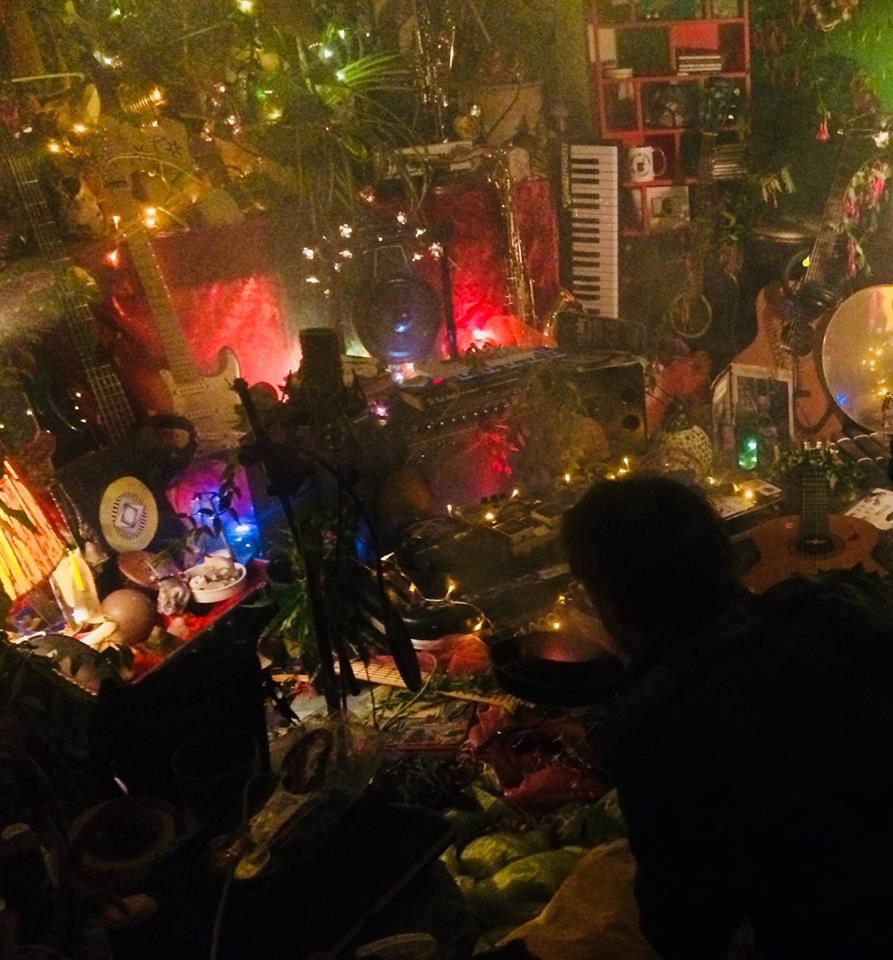 Chalky: Now, it seems that the process has again gone full circle and the technology has improved so the kids are starting to record in their bedrooms and you have a lot of teenagers making dope stuff with a guitar. I mean, when we were growing up, kids would be learning Blink-182 and Nickelback riffs, now you have kids trying to play along with Thundercat and that’s the current evolution.
Chalky: Now, it seems that the process has again gone full circle and the technology has improved so the kids are starting to record in their bedrooms and you have a lot of teenagers making dope stuff with a guitar. I mean, when we were growing up, kids would be learning Blink-182 and Nickelback riffs, now you have kids trying to play along with Thundercat and that’s the current evolution.
Seppa: Also on that note, Brainfeeder is a good example of one of the only labels that I like for how varied their catalogue can get while all fitting together.
B: Any interesting stories about the track titles?
S&C: Almost all the titles are pretty much random. A few of the two-word titles like ‘Mummy’s Money’ & ‘Hum Sandwich’ were ‘one title each decisions’, and some had a bit more meaning to them; “Boss Rat Jam Man” is actually the name of pedals that the guitar was going through; a Boss delay, Rat distortion and Jam Man loop pedal. “Time to Kill Again” which (ironically) ended up being the most upbeat tune on the album was titled as such because we started recording it after ‘killing the first track’.
There was also one track called ‘Raging Fetus” which was the only one we dropped. You can tell from the title that it didn’t really fit the vibe of the album.
B: But it would be great if it surfaces separately one day… Any chance to hear the album live?
S&C: Actually, everyone who hears it assumes we are gigging already but it’s too time-consuming to get the band to the performance level. We would only be focusing on these tunes for two years or something. Instead, we can write two albums in that time. We are both currently more interested in writing music than performing. Also, if we had multiple albums, we had more material for a full set but currently, we have 30 minutes and it’s not enough, hence not the right time to pursue live set-ups for us.
We also thought about having singers, but it wasn’t the right time. For now, it’s best to keep it instrumental and just open up the idea of people jamming on it and we can see where we take it next.
B: Did you use a lot of foley in the album?
Seppa: Not an excessive amount but there are some here and there. We mainly used one mic and a pre-amp to record almost everything and we recorded a few random sounds. For example, you might hear a piece of steak being peeled apart in the intro for ‘Slowdown’
Chalky: In one of the sessions, there was a dub sound system right outside the house playing tunes so if you hear any dub sirens, they are mostly original recordings from that.
B: What’s the deal with the album cover art?
S&C: The idea was to fill the room and build a shrine with all the bits and pieces that were used in the making of the album and encapsulate it visually. It took 11 hours to get it right and compose it properly, and then we sent it to Fyona [Finn] to pick the best shot, polish it and get it presentable / ready to go.
B: Any final thoughts?
S&C: This is the first proper and actual Chalky release so he’s stoked. He has a lot more stuff coming soon (some of which may involve Seppa again) so watch this space for more things developing.
Tags: ElectronicaHip Hop













